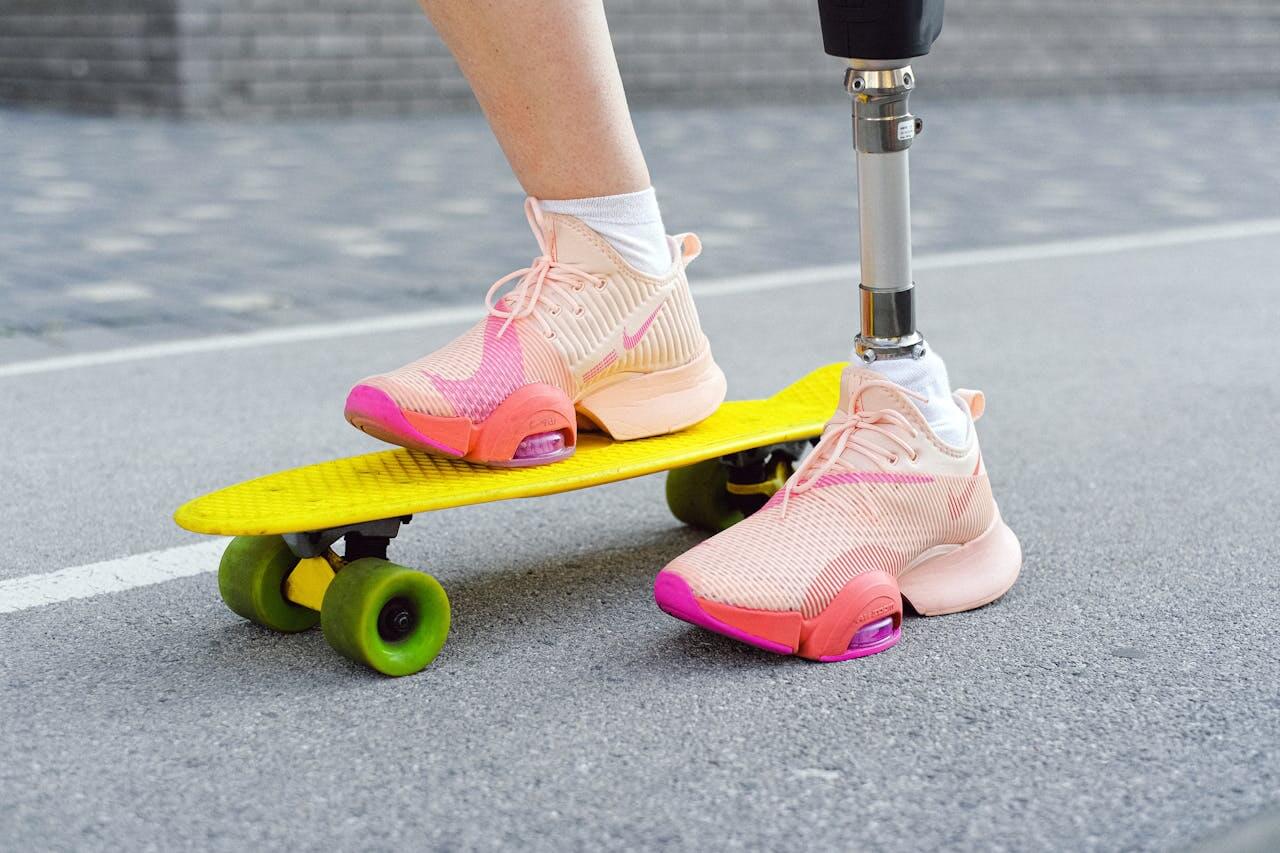Introduction
Navigating the world of prosthetics for a child can be daunting for any parent. The need for a prosthetic can arise due to various reasons, including congenital limb differences, trauma, or medical conditions requiring amputation. The journey involves understanding the technical aspects, the emotional impact, and the continuous adjustments required as your child grows. This article aims to demystify the process, provide insights into the types of prosthetics available, and offer guidance on supporting your child through their growth and development.
Types of Prosthetics
1. Passive Prosthetics
Passive prosthetics are designed primarily for aesthetic purposes and to provide balance. They don’t have moving parts and are lightweight, making them suitable for younger children who are still developing strength and coordination. These prosthetics help with social integration, as they resemble natural limbs.
2. Body-Powered Prosthetics
Body-powered prosthetics use a harness and cable system to control the limb’s movement. By utilizing body movements, such as shoulder or chest contractions, the child can operate the prosthetic. These are durable and provide good functionality, making them ideal for active children.
3. Myoelectric Prosthetics
Myoelectric prosthetics use electrical signals from the child’s muscles to control the prosthetic limb. They offer a higher degree of functionality and dexterity compared to body-powered prosthetics. While they are more expensive and require regular maintenance, the improved control and natural movements can significantly enhance a child’s quality of life.
4. Activity-Specific Prosthetics
These prosthetics are designed for specific activities such as swimming, running, or playing musical instruments. They allow children to participate in various activities without limitations, promoting physical and emotional well-being.
Growth and Adjustments
1. Regular Monitoring and Adjustments
Children grow rapidly, and their prosthetic needs will change accordingly. Regular visits to the prosthetist are essential to ensure the prosthetic fits well and functions properly. Adjustments might involve resizing the socket, changing the alignment, or upgrading components.
2. Socket Fit
The socket is the part of the prosthetic that fits over the residual limb. As your child grows, the shape and size of their residual limb will change, necessitating new sockets or liners. A well-fitting socket is crucial for comfort and functionality.
3. Length Adjustments
To accommodate growth in limb length, prosthetics may need to be adjusted or replaced entirely. It’s essential to ensure that the prosthetic limb is the correct length to prevent gait issues and ensure proper posture.
4. Technological Upgrades
As technology advances, newer and more advanced prosthetics become available. These can offer improved functionality and comfort. Staying informed about the latest developments can help you provide the best options for your child as they grow.
Emotional and Psychological Support
1. Open Communication
Encourage your child to express their feelings about their prosthetic and their experience. Open communication helps build trust and allows you to address any concerns or frustrations they may have.
2. Support Groups
Connecting with other families who have similar experiences can be incredibly beneficial. Support groups provide a platform to share advice, resources, and emotional support. It can also help your child to see others who are thriving with prosthetics, fostering a sense of community and belonging.
3. Counseling
Professional counseling can help your child navigate the emotional challenges associated with using a prosthetic limb. Counselors can provide strategies to cope with any feelings of difference or self-consciousness and help build resilience and self-esteem.
4. Encouraging Independence
Fostering independence is crucial for your child’s development. Encourage them to take an active role in caring for their prosthetic, such as learning how to clean and maintain it. This involvement can boost their confidence and sense of control over their situation.
Activities and Physical Development
1. Adaptive Sports and Activities
Participating in adaptive sports can be a great way for children with prosthetics to stay active and build confidence. Many sports organizations offer programs tailored to the needs of children with limb differences.
2. Physical Therapy
Regular physical therapy is essential to ensure your child develops strength, flexibility, and coordination. Physical therapists can also teach your child exercises specific to their prosthetic, helping them achieve the best possible functionality.
3. Daily Activities
Encourage your child to engage in everyday activities that promote physical development. Simple tasks like dressing, feeding, and playing can help them adapt to their prosthetic and improve their motor skills.
Educational Support
1. Educating School Staff
It’s important to inform teachers and school staff about your child’s prosthetic and any specific needs they might have. This ensures they receive the necessary support and accommodations in the school environment.
2. Peer Education
Educating peers about your child’s prosthetic can promote understanding and acceptance. This can be done through classroom presentations or discussions, fostering an inclusive environment.
3. Advocacy
Advocate for your child’s needs within the educational system. This might involve working with school administrators to ensure your child has access to resources like adaptive physical education programs or additional time for activities that require fine motor skills.
Conclusion
Understanding your child’s prosthetic journey and their growth is a continuous process that requires patience, knowledge, and support. By staying informed about the different types of prosthetics, monitoring and adjusting for growth, providing emotional support, encouraging physical activity, and ensuring educational accommodations, you can help your child thrive. Remember, each child’s experience is unique, and with the right tools and support, they can lead a fulfilling and active life.



